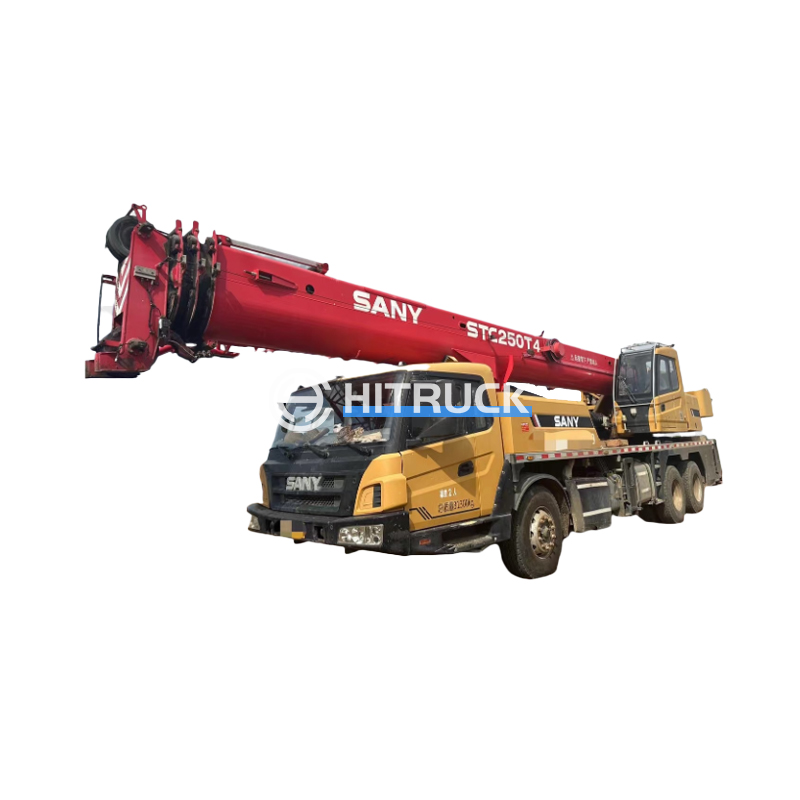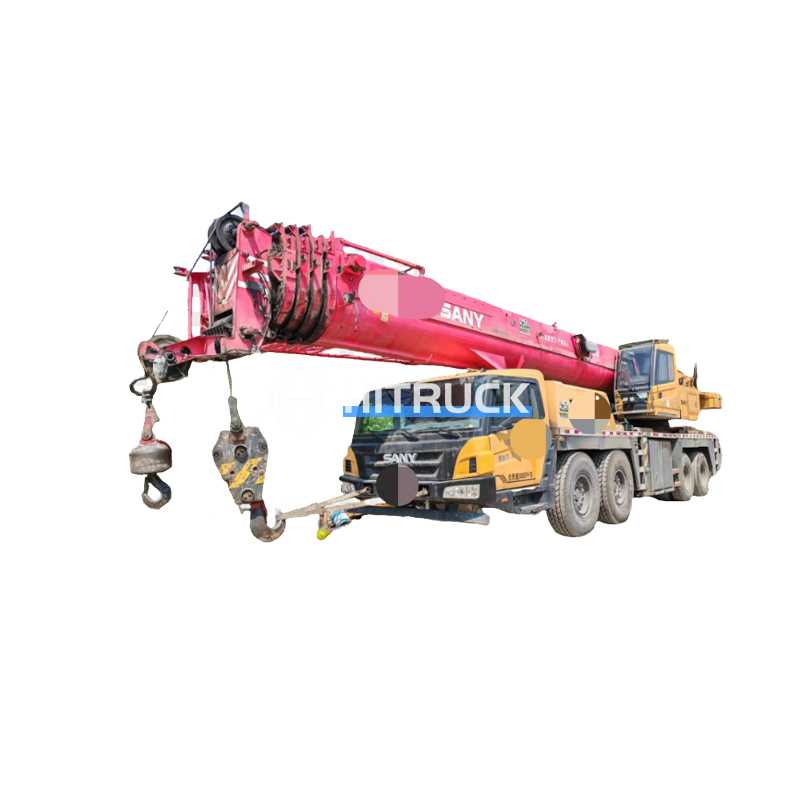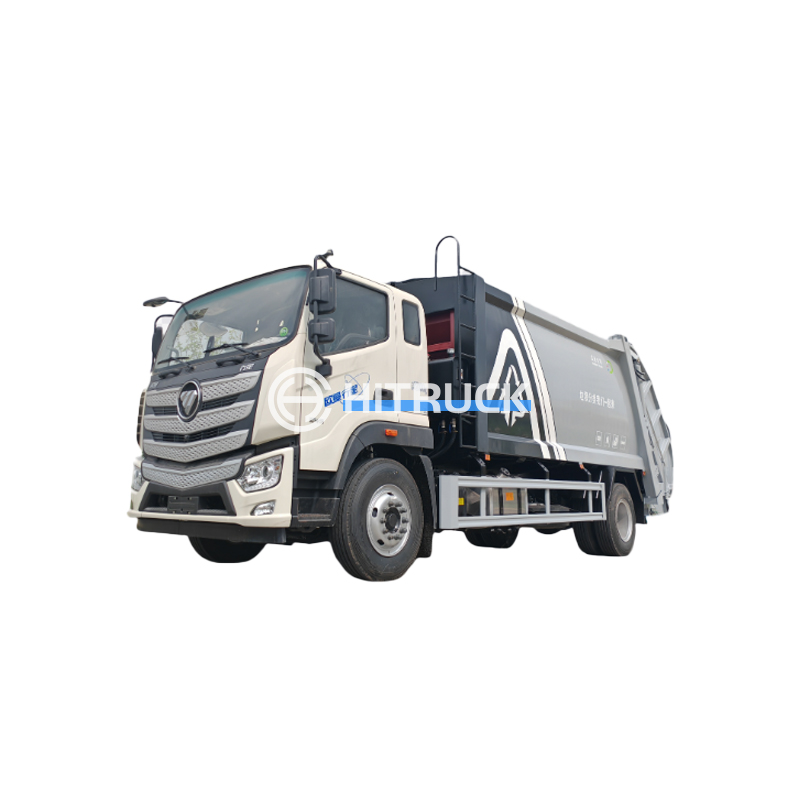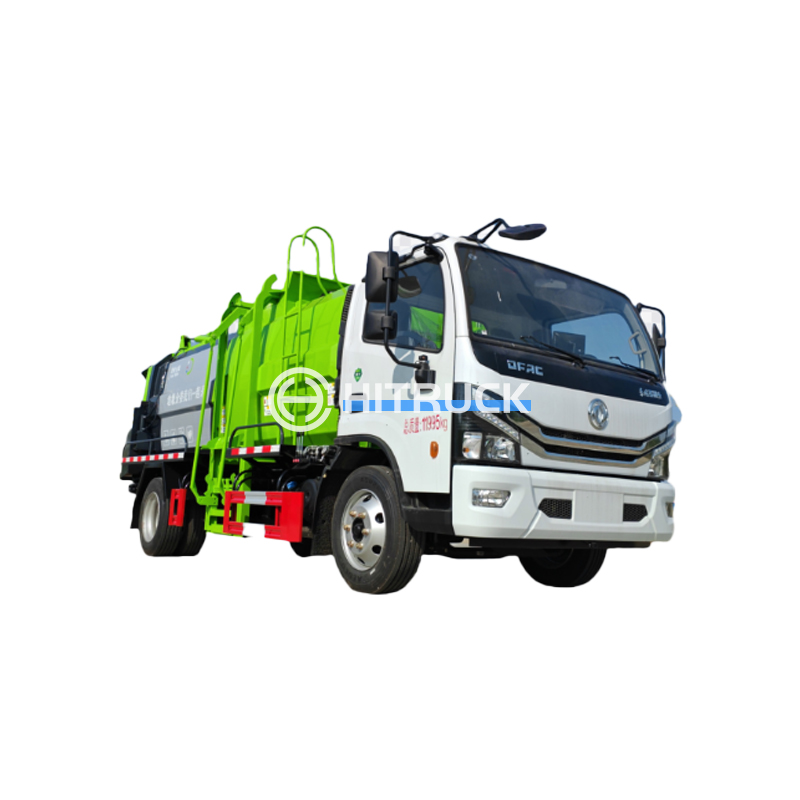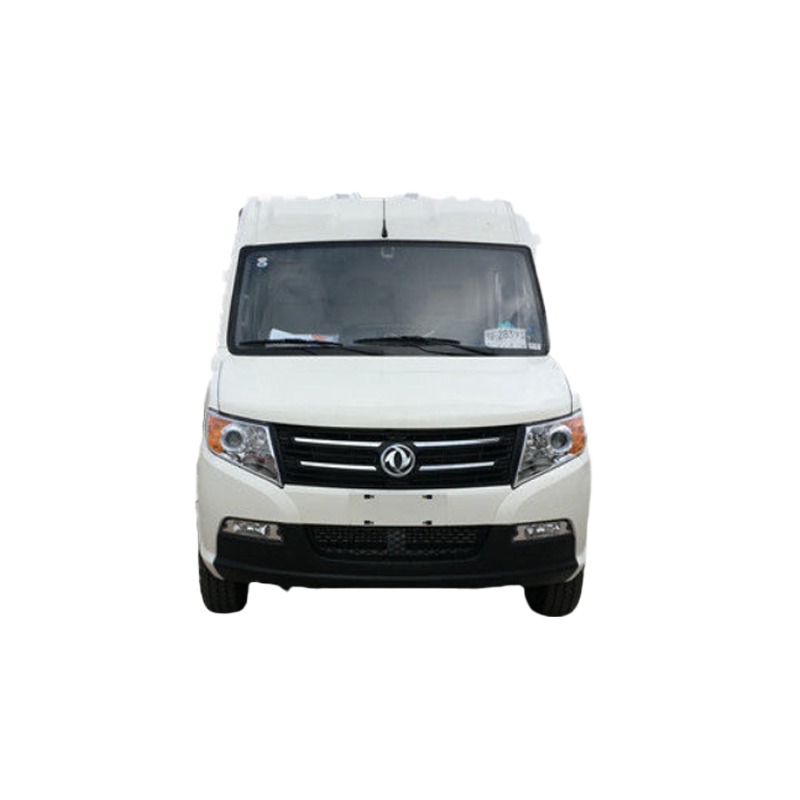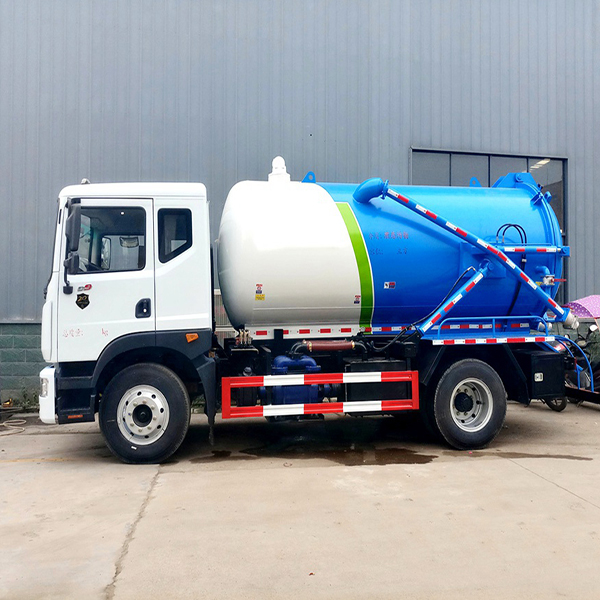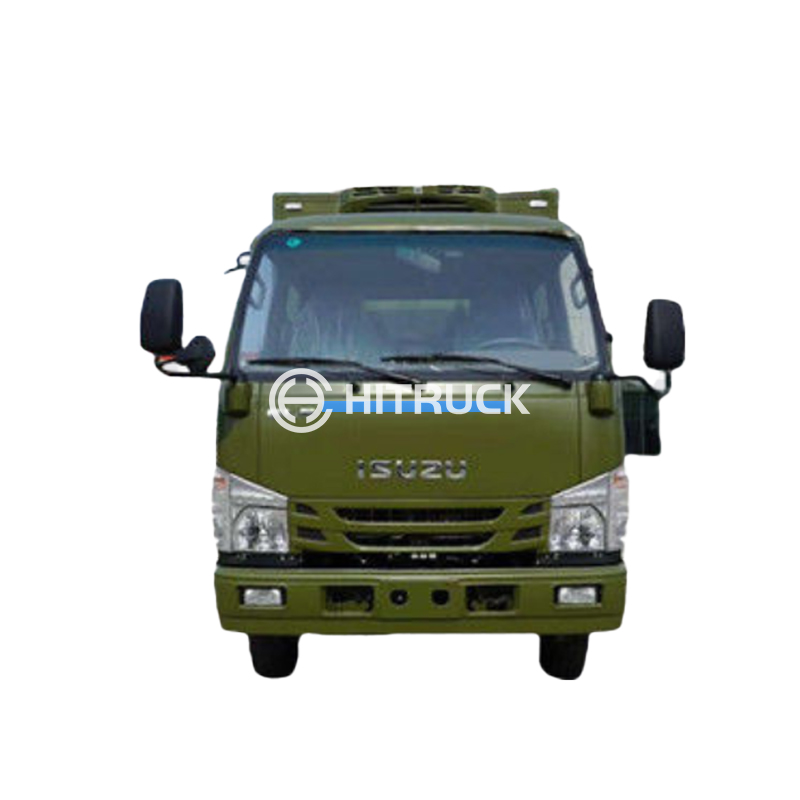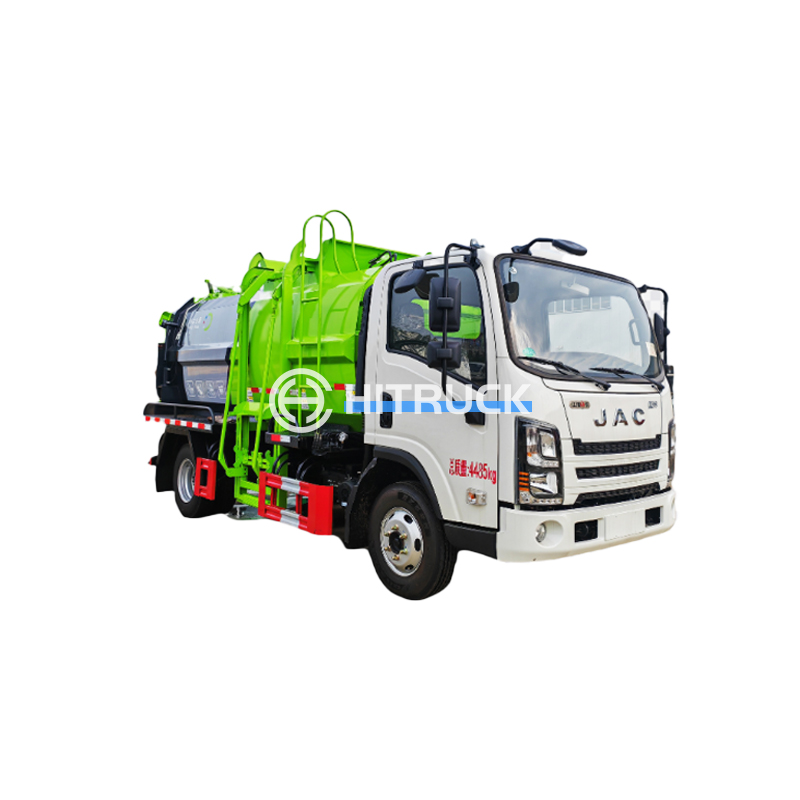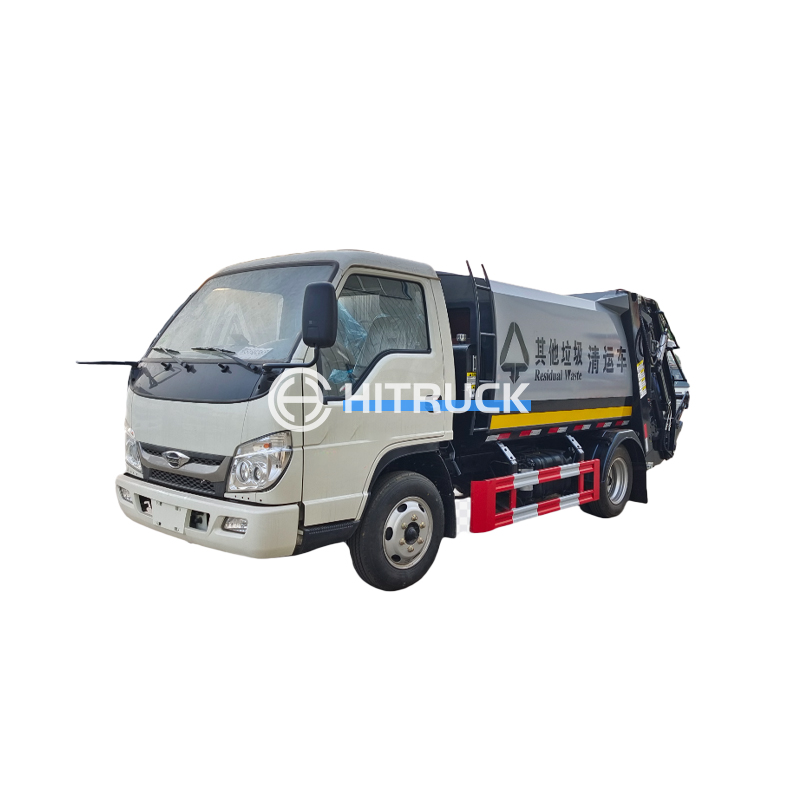This guide provides a detailed overview of 4 ton mobile cranes, covering their capabilities, applications, selection criteria, safety considerations, and maintenance. Learn about the different types available, key specifications, and factors to consider when choosing the right 4 ton mobile crane for your project. We'll also explore best practices for safe operation and maintenance to ensure optimal performance and longevity.
Truck-mounted 4 ton mobile cranes are popular for their versatility and mobility. They are often preferred for construction sites, industrial applications, and utility work. These cranes combine a crane's lifting capacity with a truck's maneuverability, making them ideal for various terrains and access points. Consider factors like boom length, lifting capacity at different radii, and the truck's overall dimensions when selecting a truck-mounted 4 ton mobile crane. Many models offer features such as outrigger stabilizers for enhanced stability during lifting operations.
Self-propelled 4 ton mobile cranes offer a high degree of maneuverability, even on uneven terrain. Their compact design makes them suitable for confined spaces, while their self-propelled capabilities eliminate the need for towing. These cranes are often utilized in smaller construction projects, landscaping, and maintenance tasks. Key considerations include the crane's turning radius, ground clearance, and the type of terrain it's intended to operate on. Many manufacturers provide specifications detailing these parameters. You may also want to check features like all-wheel drive for improved traction on challenging surfaces.
While less common in the 4-ton capacity range, other types of mobile cranes exist, such as crawler cranes and mini-cranes. However, these typically fall outside the typical application of a 4 ton mobile crane. For heavier lifting needs or specialized applications, you may need to consider larger capacity equipment.
Choosing the right 4 ton mobile crane requires careful consideration of several key specifications. These include:
| Specification | Description |
|---|---|
| Lifting Capacity | The maximum weight the crane can lift at a specific radius. This is typically expressed in tons (metric or short tons). |
| Boom Length | The horizontal reach of the crane's boom. Longer booms allow for lifting objects further away from the crane's base. |
| Lifting Height | The maximum vertical height the crane can lift to. This depends on the boom length and jib configuration (if applicable). |
| Outrigger Spread | The distance the outriggers extend from the crane's base. A wider spread improves stability. |
Safe operation and regular maintenance are crucial for maximizing the lifespan and minimizing the risk of accidents when working with a 4 ton mobile crane. Always adhere to manufacturer guidelines, utilize proper safety equipment, and ensure regular inspections and servicing. Consult with qualified professionals for regular maintenance and repairs. Proper maintenance can significantly improve the crane's performance and increase its overall working life. For details on specific safety procedures and maintenance schedules, always refer to the manufacturer's instructions for your particular crane model.
When searching for a suitable 4 ton mobile crane, consider your specific application requirements, budget, and the terrain where it will be operated. Research different manufacturers and compare models based on the specifications outlined above. A reliable supplier or dealer like Suizhou Haicang Automobile sales Co., LTD can assist you in selecting and purchasing the right equipment for your needs. Remember to thoroughly review safety procedures and maintenance schedules before operating any 4 ton mobile crane. Always prioritize safety and proper training to prevent accidents and ensure efficient operation.

